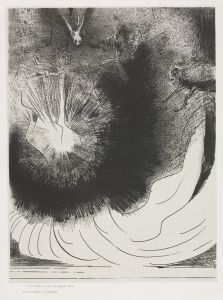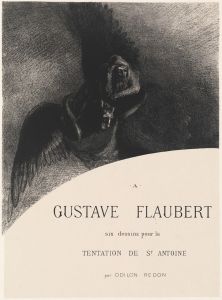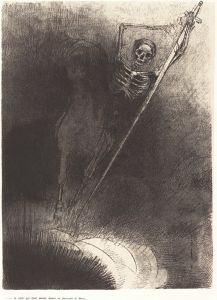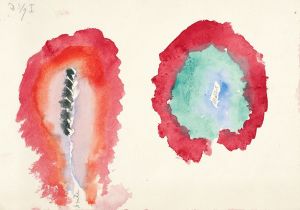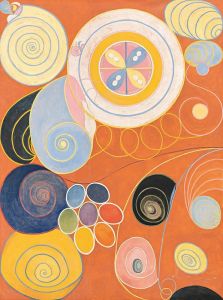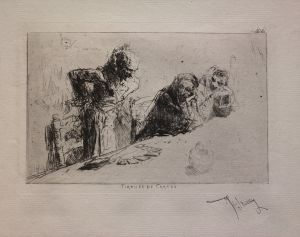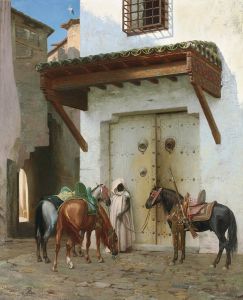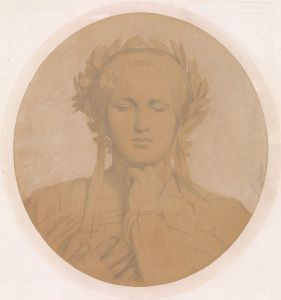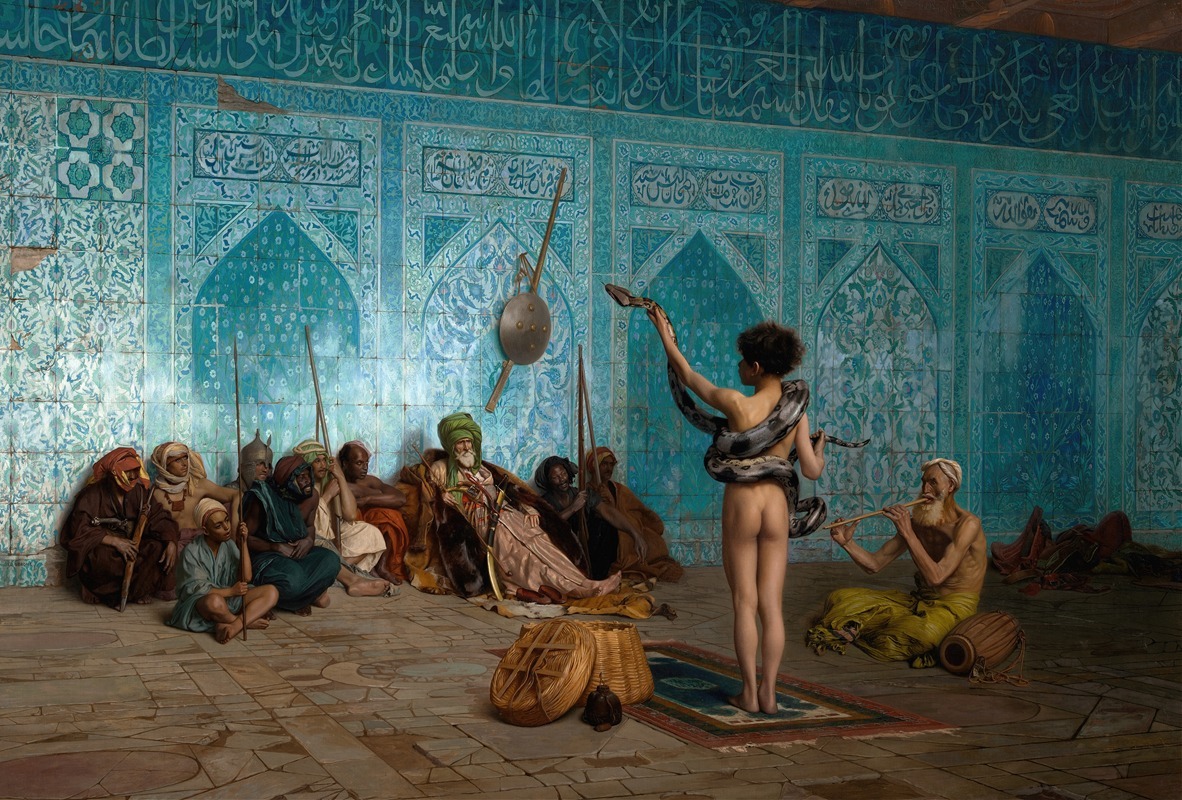
Snake Charmer
A hand-painted replica of Jean-Léon Gérôme’s masterpiece Snake Charmer, meticulously crafted by professional artists to capture the true essence of the original. Each piece is created with museum-quality canvas and rare mineral pigments, carefully painted by experienced artists with delicate brushstrokes and rich, layered colors to perfectly recreate the texture of the original artwork. Unlike machine-printed reproductions, this hand-painted version brings the painting to life, infused with the artist’s emotions and skill in every stroke. Whether for personal collection or home decoration, it instantly elevates the artistic atmosphere of any space.
"Snake Charmer" is a painting created by the French academic artist Jean-Léon Gérôme. It is widely regarded as a quintessential example of Orientalist art, a genre that depicted the cultures, peoples, and landscapes of the Middle East, North Africa, and Asia through a Western lens. Gérôme, a prominent figure in 19th-century academic painting, was known for his meticulous attention to detail and his ability to create highly realistic and evocative scenes.
The painting portrays a young boy, nude except for a decorative sash, holding a large snake in front of an audience seated along a tiled wall. The boy appears to be performing as a snake charmer, captivating the onlookers with the serpent's movements. The setting is an ornately decorated interior, featuring intricate Islamic tilework and Arabic inscriptions, which Gérôme rendered with remarkable precision. The scene is illuminated by soft, diffused light, emphasizing the textures and patterns of the architecture and the figures' clothing.
"Snake Charmer" is often interpreted as a reflection of 19th-century European fascination with the "exotic" East. Gérôme's work, like much Orientalist art, has been critiqued in modern scholarship for perpetuating stereotypes and presenting a romanticized and often inaccurate portrayal of non-Western cultures. The painting's hyper-realistic style and attention to detail, however, have also been praised for their technical mastery.
The exact date of the painting's creation is not definitively known, but it is generally attributed to the late 19th century, during Gérôme's mature period. The work is currently housed in the collection of the Sterling and Francine Clark Art Institute in Williamstown, Massachusetts, United States.
While "Snake Charmer" remains one of Gérôme's most recognized works, it has also sparked significant debate regarding the ethics of Orientalist art and its role in shaping Western perceptions of the East. Scholars and critics continue to analyze the painting within the broader context of colonialism, cultural representation, and the power dynamics inherent in such depictions.






